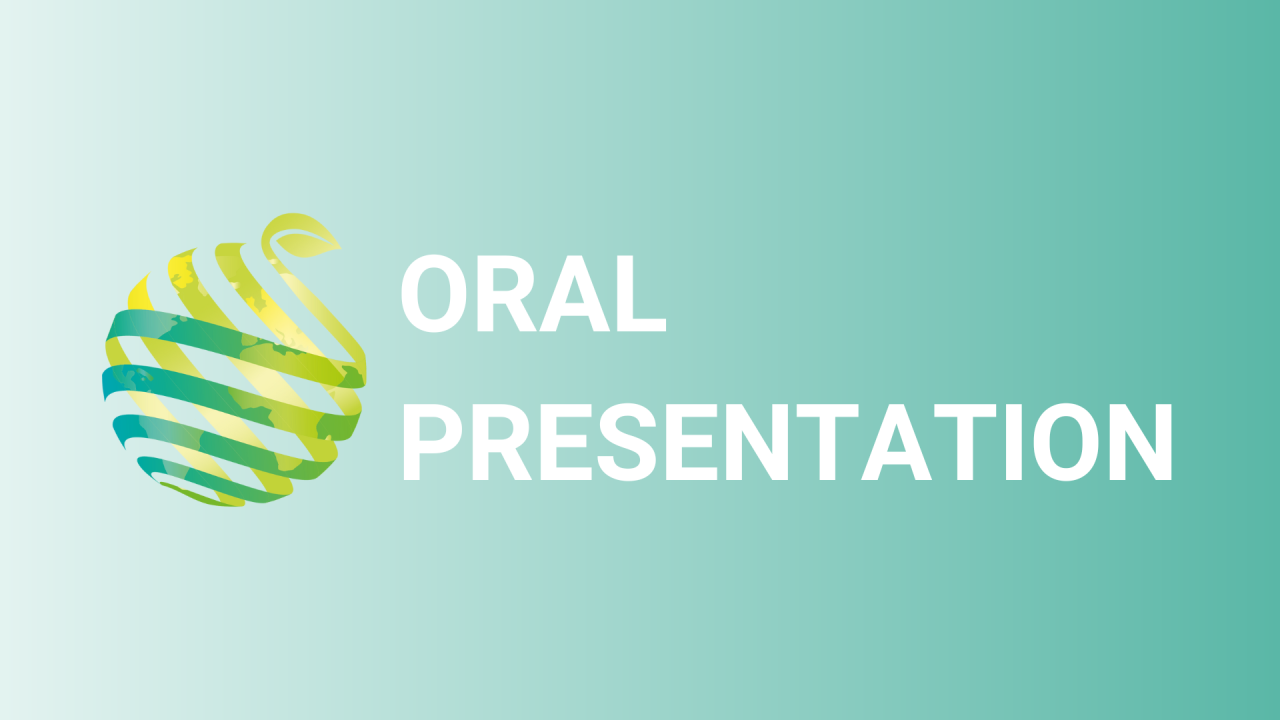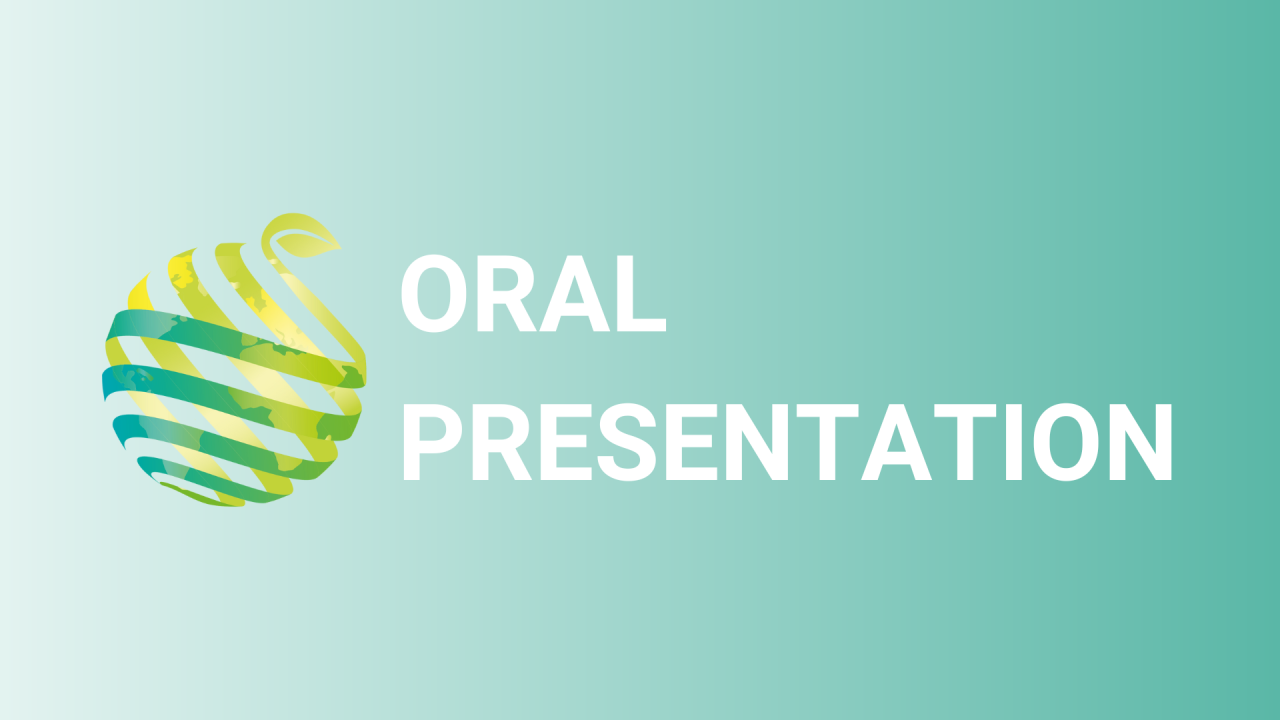

S17 - Session O3 - The top-down modelling approach of tomato plant growth for more precise digital fruit simulation incorporating microclimate and realistic plant management.
Information
Authors: Jakub Salagovic *, Pieter Verboven, Kristof Holsteens, Bram Van de Poel, Bart Nicolai
Tomato is the second most important vegetable crop after potato and a widely studied model organism. Apart from real-life measurements, mathematical models that translate experimental data into information meaningful for production optimization, are becoming more essential, especially in the context of the current challenges of climate change and increasing energy costs. The objective of this research is to develop a tomato plant growth model incorporating water potential, a connecting variable of physiological processes of the soil-plant-atmosphere continuum. Two experiments, measuring plant growth from planting until ripening of the third truss, were conducted to measure leaves and trusses (nodes) appearance rate, stem elongation, leaf area, organs' fresh and dry mass, whole plant transpiration and stem water potential. Climate (temperature, relative humidity, light irradiation) was monitored at different vertical levels of several plants. Collected data were used for parameter estimation and validation of the integrated model coupling a reduced TOMGRO model for plant growth, an evapotranspiration model based on the adaptation of the Penman-Monteith equation, and a water transport model using an analog of the electric current. Using a compartment structure, simplifying the functional-structural plant model while preserving structural information, the model using the top-bottom approach was able to precisely simulate long-term plant growth. Furthermore, the model accounts for microclimate and allows custom-defined growers treatment as discrete steps in a continuous simulation, calculating water potential differences through the plant structure, as observed from experimental trails. The main aim for the future is to use modeled variables as an input for a fruit growth and ripening model. Thanks to the modularity the model can be easily extended by additional organs (e.g. fruit) or processes (e.g. photosynthesis). The fruit model incorporating the above plant model will provide more precise results in terms of understanding physiological processes, prediction and optimization of yield and quality attributes.